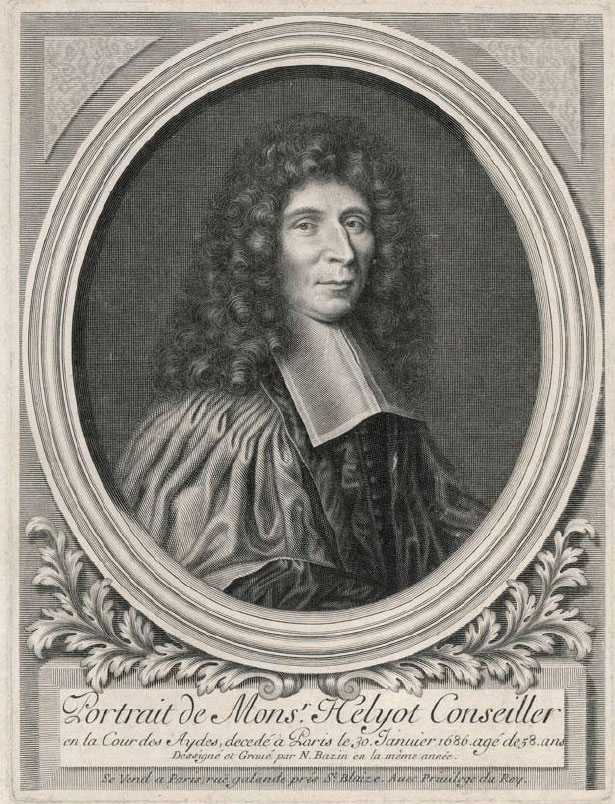- Relief printing
- Intaglio and planographic printing
- Color printing
- Bits and pieces
- Early photography in silver
- Non-silver processes
- Modern photography
- Color notes
- Color photography
- Photography in ink: relief and intaglio printing
- Photography in ink: planographic printing
- Digital processes
- Where do we go from here?
Consequences of etching on the printing process

Etching with aquatint. Adriaen Van Ostade. The Family. 1647. 7 1/8 x 6 1/4" (18.1 x 15.9 cm). The Museum of Modern Art, New York. Gift of Richard Benson. This impression is a late one, made after the artist’s death. The copper plate from which it was printed was worn, and some aquatint was added to strengthen the image.
Etching allowed the artist to draw freely on the plate, but it also did something else: the labor of cutting the copper with a burin was replaced by an acid eating away the copper. It didn’t take long for engravers to figure out that they could begin a plate by etching, then complete it by cleaning up the lines with a burin, and that in doing so they could avoid much of the labor of pure engraving. By the early 1700s many prints called “engravings” were actually made by using both etching and engraving on the same plate.

Copper engraving. Nicolas Bazin. Portrait de Monsieur Helyot Conseiller. 1686. 10 1/4 x 7 3/4" (26 x 19.7 cm). The Museum of Modern Art, New York. Gift of Richard Benson.
Etching and drypoint produced prints with a different character from the older, more restrained forms of reproductive copper engraving. Almost as soon as etching was developed, engravers began to use it to help them make their hand-cut plates; many prints combine both methods. In etchings we often see lines with the nervous quality of the hand rather than the stiff appearance of the burin meeting intransigent copper. When engravings were printed, the inked plates were wiped so thoroughly that the background was absolutely clean. When etching came along things became more casual, and sometimes the printer would leave ink on the plate surface, to add to the tonality of the print.

